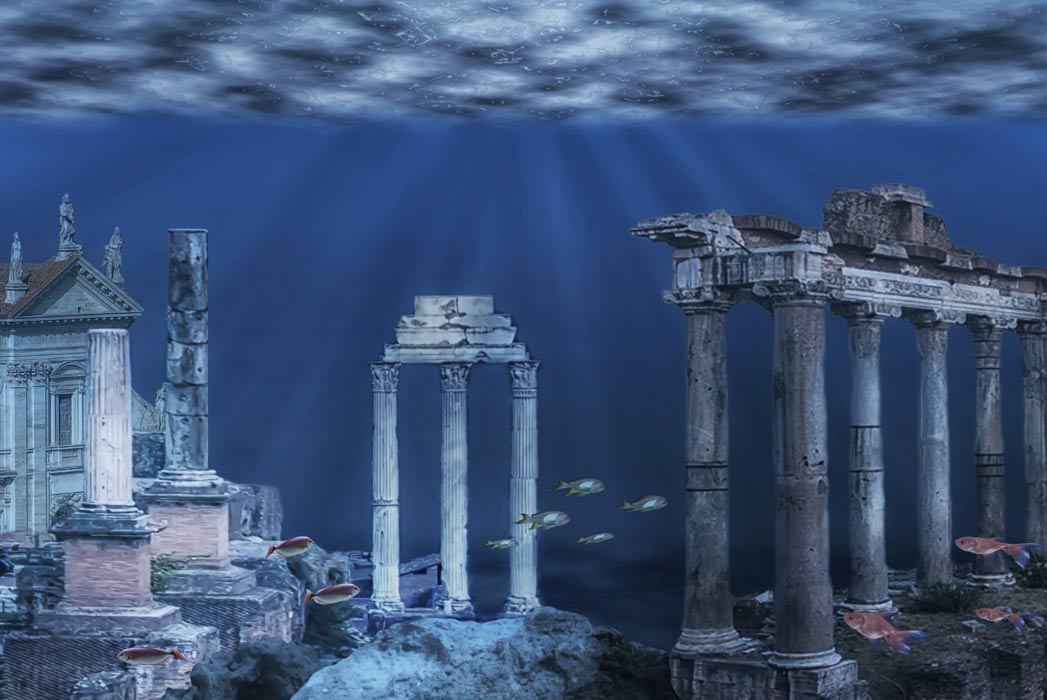


Of particular note are David Adjaye’s design for the new Smithsonian National Museum of African American History and Culture (2016), the Frank Gehry-designed Louis Vuitton Foundation in Paris (2016), Renzo Piano’s design for the new Whitney Museum (2015), Diller Scofidio + Renfro’s MoMA expansion (2019), the George Washington University Museum and The Textile Museum (2015), the Rem Koolhaas-designed new space for Fondazione Prada in Milan (2015), and the reopening of the Cooper Hewitt following a three-year closure (2014). Reviving the forgotten passive techniques would encourage building structures that are climate-responsive, hence help in building a sustainable and healthy community and environment.Countless new cultural institutions sprouted up across the globe and existing ones moved into new starchitect-designed homes, but there were a handful of projects that stood out against the rest. As the buildings become sustainable, the city becomes more sustainable, reducing the impact on the environment, resulting in fewer adverse effects on the environment. SDG 11 of the sustainable goals, which speaks about sustainable cities and communities, is satisfied as using these techniques can reduce the impact of buildings on the environment. Successful implementation of these techniques and elements gives a chance to tackle climate change due to global warming, aiding in implementing SGD 13, which speaks about climate action. It is possible to achieve a 20-80% reduction in energy consumption by incorporating techniques learned from vernacular architecture in the present-day context, reducing the dependency on fossil fuels for energy production and helping reduce environmental pollution. The article asserts that the correct interpretation and application of heritage elements and techniques will be essential for overcoming future sustainable development challenges. Famous Modernist architects include Frank Lloyd Wright, Philip Johnson, Ludwig Mies van der Rohe, Eero Saarinen, and more. The primary focus of the research is to examine whether these alternatives can be used in a modern-day context to reduce dependence on energy-consuming alternatives presently in use. While the highest-style examples of modern architecture in the United States typically date to the early- and mid-20th centuries, Modernism continued to influence everyday and vernacular design well into the late 20th century. It may not be Great Architecture, but it works for people. The research compares the traditional elements, Mashrabiyas and the Barajeels (wind towers) in the present-day context. Has architecture lost touch with people The issue was brought into clear focus a few days. This research aims to study and analyse the various vernacular elements and techniques prevalent in Dubai before the economic boom and explore ways to incorporate these into the modern era.Ī case study approach was applied to evaluate existing structures based on their performance and climate responsiveness. Integrating functioning sustainable vernacular elements and techniques is challenging, especially since a foreign architectural style dominates the urban landscape. It is impossible to ignore the impact of cooling systems in buildings, which account for 60% of their energy consumption. Due to its primary dependence on the European style with curtain walls and thin skin, the building allows maximum heat gain, resulting in heavy dependence on air conditioners.

WWF reports that UAE has the worst ecological footprint in the world. As a result of contemporary architectural marvels such as Burj Al Arab and Burj Khalifa, Dubai became one of the world's most important commercial hubs.Īlong with this development came the adverse effects on the environment. The change in styles allowed the city's expansion to accommodate all the expatriates who came to the Emirates looking for a job. As a result of this development, architectural styles shifted from climate-responsive vernacular architecture to energy-consuming contemporary architecture, characterized by exposed glass curtain wall facades.

In the wake of discovering oil, this infrastructure development took off, contributing to the current urban fabric of the Emirates. The transition to the 20th century saw Dubai become one of the most promising ports globally for merchants, resulting in significant infrastructure development.


 0 kommentar(er)
0 kommentar(er)
